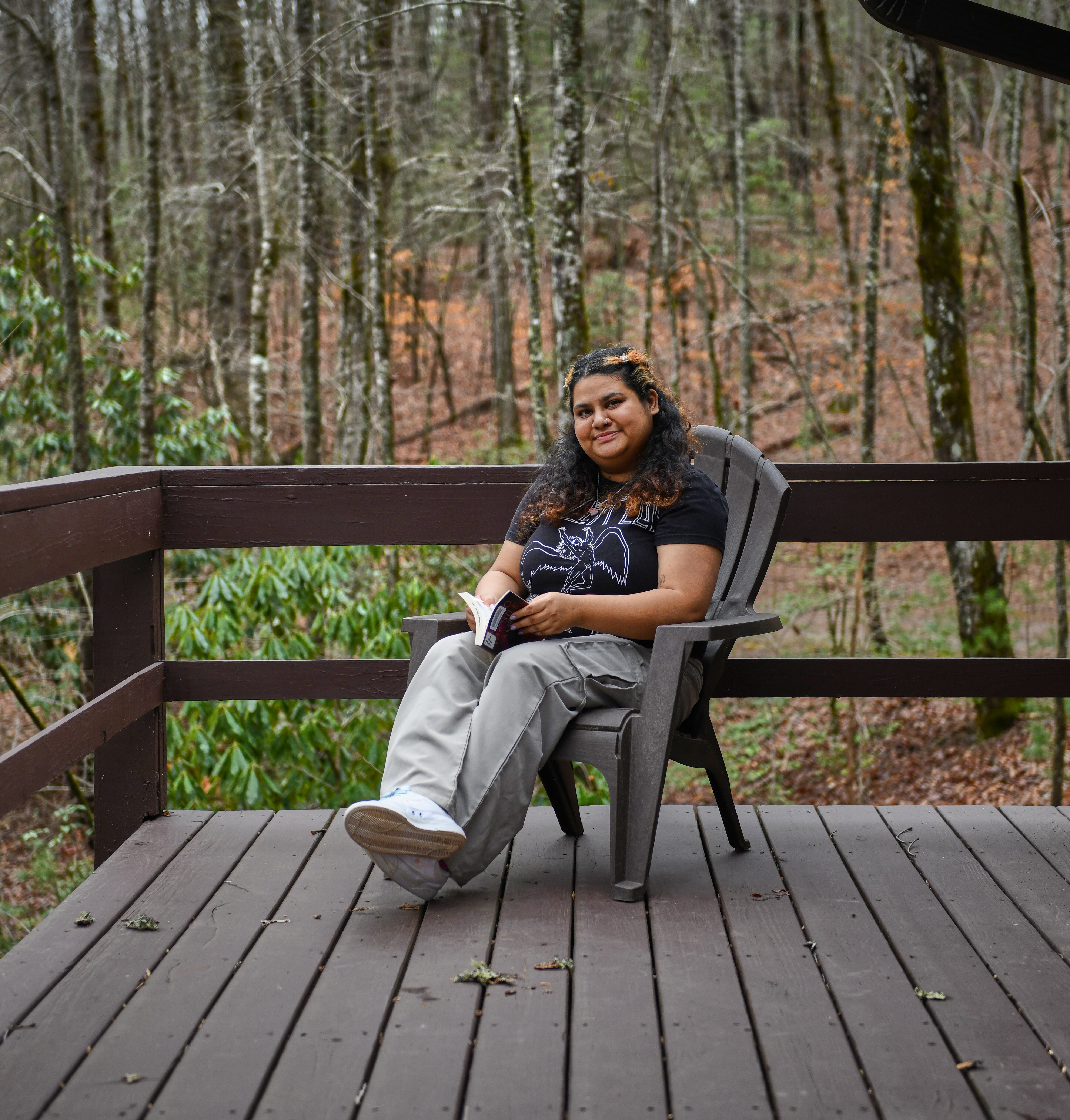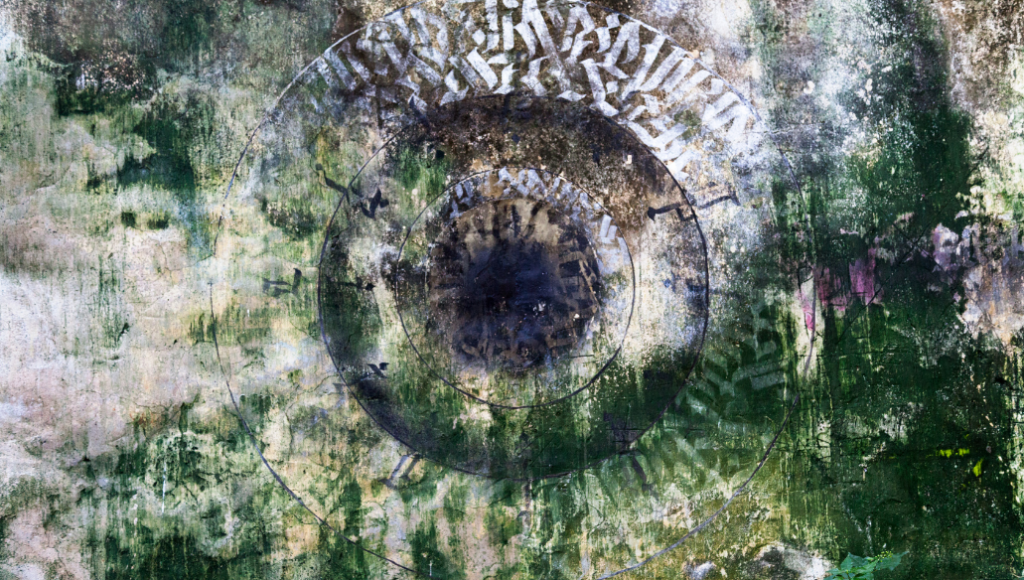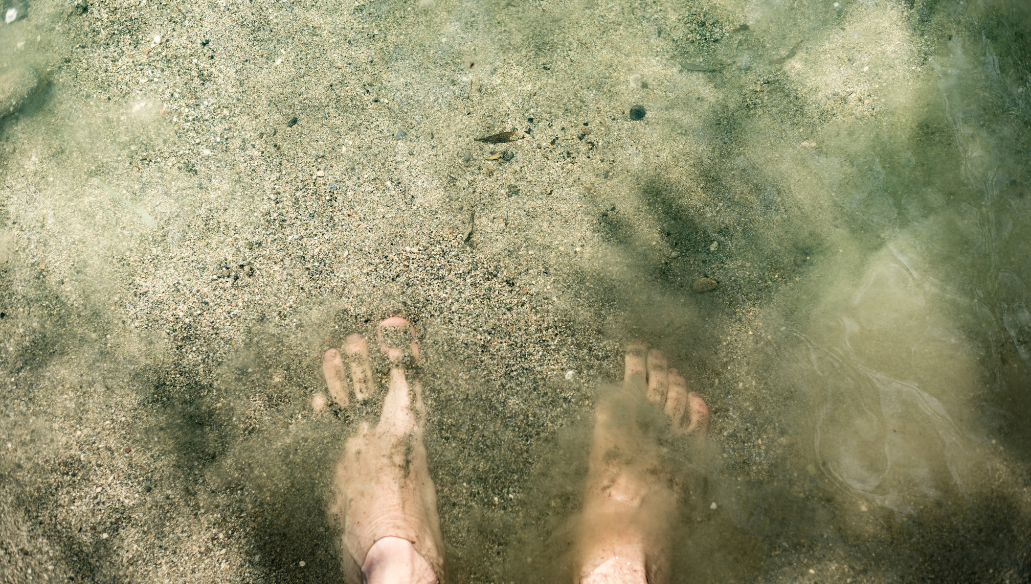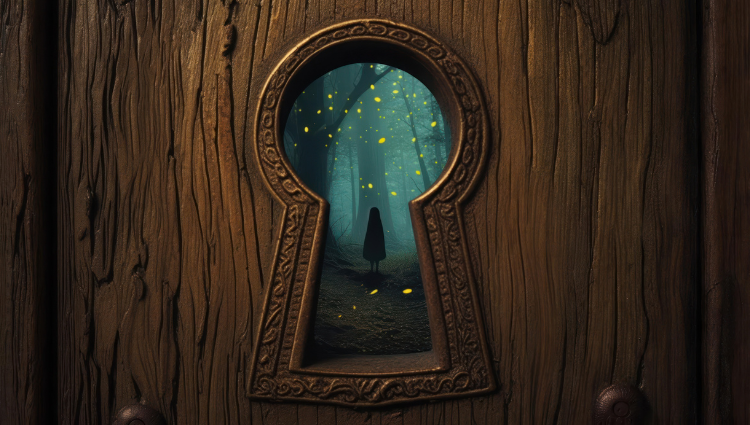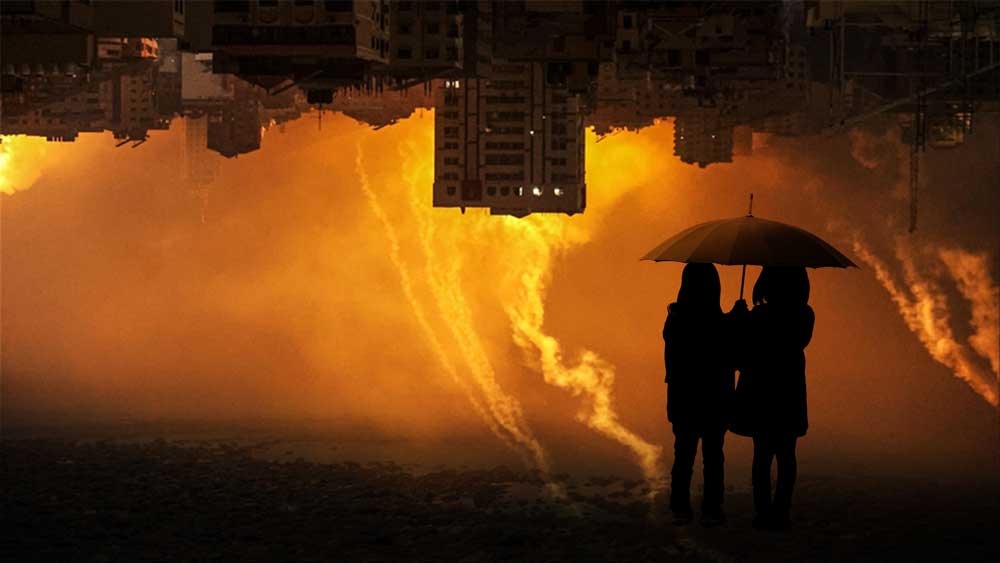Editorial Note: Shlagha Borah was a finalist for our Editors-in-Chief position for our 2025 Community Anthologies. We invited our finalists to write a short piece on the topic of their proposed anthology. Below, get insight into “On Monsters,” the anthology topic that Shlagha had proposed for her Community Anthology.
In Assamese folklore, there is a version of a madwoman coming to kidnap children if they don’t drink their milk, finish their food, go to bed on time, etc. A character that has been used to terrify children for decades, if not centuries. Different households know her by different names — Jokhini, Daini, Pagoli, some synonym for witch or monster — but her characteristics are universal. She is often portrayed as a recluse, dressed shabbily, with unruly hair, long untrimmed nails, and fiery eyes.
This monstrous woman is not new to us, nor is she restricted to a specific geographical area. The history of monsters is as old as the history of civilization, one can argue, even older than gods. In her book, Woman’s Lore: 4,000 Years of Sirens, Serpents and Succubi, Sarah Clegg takes us back to ancient Mesopotamia and the first-known record of the monster, Lamashtu. Describing her, Clegg writes, “She has the wings of an eagle, the talons of a bird, the head of a lion or a dog, and the tongue and teeth of a donkey. She dresses in rags, and lives in swamps and other wild, desolate places. …She poses as a nursemaid and suckles children on her poisoned breast milk. She watches pregnant women, counting down the days until they give birth and then blocks their birth canal, or reaches inside them with her terrifying long fingers and drags out the baby prematurely. She clasps babies’ bellies with her seven talon-like fingers and sickens them. She causes miscarriages and death in childbirth.”
While writing this call for the Seventh Wave, I meditated on what monstrosity really is, and who gets to define it. What is the dichotomy of good and ugly, and what distinguishes gods from monsters? Why were these creatures deemed to be monstrous or terrifying? Here, I use “witch,” “monster,” and “demon” as synonyms for the sake of coherence.
Growing up in Assam, a state rich in the traditions of folklore, ghosts, spirits, and superstitions, I often witnessed stories of witches, women who were deemed too dangerous or erratic for society. As a child, these stories worked their charm, and I, among other children, stayed away from anyone who looked or sounded unfeminine. If she was unmarried, she could be a witch. If she couldn’t have children, she could be a witch. If she was a widow, she was definitely a witch who took her husband’s life as vengeance for something he did in his past life. As I grew older, I began to notice that these accusations also applied to women who had limps, or any other visible “deformities,” as well as people who didn’t conform to social norms in the way they lived or loved. Was it their disabilities, or their queerness — the way they looked, spoke, walked, or dressed — that pushed them to the fringes?
There is hardly any empirical evidence supporting these claims. But if you know human beings, you also know that we are creatures who operate beyond reason. We feel safe in othering someone who poses any kind of threat to us. But what did these women do to deserve their fate, often being ostracized or killed, simply because they were rumored to have negative supernatural powers? Who made these decisions?
In “Witchcraft, Witch-Hunting And Anti-Witch-Hunting Laws In Assam: An Analysis,” a paper published in the Journal of Namibian Studies (2003), scholars Solomon Islary and J. Pathak note, “A person in Assam who is believed to be or accused to be practicing witchcraft is most commonly punished with socially sanctioned order within the society; if found to be a woman, she is sexually abused, tortured, raped or if an individual accused belongs to either gender, the accused is burnt alive, buried alive, hacked to death or many times the whole family is socially excluded or ex-communicated from the village. Other forms of punishment include public humiliation of the individual, such as making the accused confess to doing the crime, shaving their hair and parading in public, barbaric un-robbing of women and parading in public view, making the accused consume fecal matter of domestic animals such as pigs or cows.”
These are facts. There are hundreds of reports of women being maimed, beheaded, hunted, and burned alive, solely based on someone’s hunch that they might be monstrous. Even though laws are in place to prevent these killings, they are hardly ever reinforced. Punishment for perpetrators is still minimal. The role of oral history, folklore, and gossip is pivotal here because these are the primary instruments through which tales of these monsters are passed from person to person. These, in turn, manifest in contemporary storytelling and popular media. These stories, much like in Chinese whispers, get more terrifying as they are relayed from one group to the next.
What hunger, what pain did these monsters embody, and why were they deemed demonic? As I continue to interrogate the concept of monstrosity, and its implications for one’s lifestyle, work, and community, I invite you to question the lore behind monsters in your own cultures. Do we understand these monsters any differently now versus when we were children? What might we find if we dug deeper?
